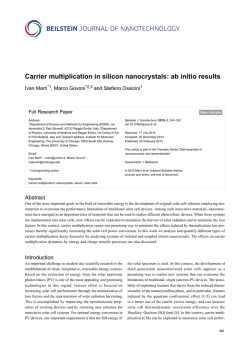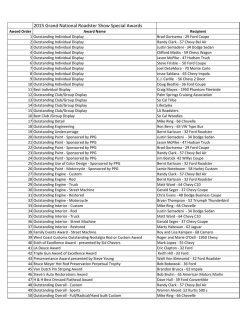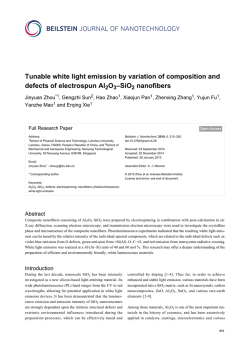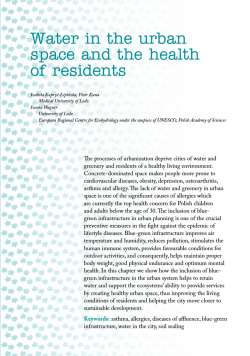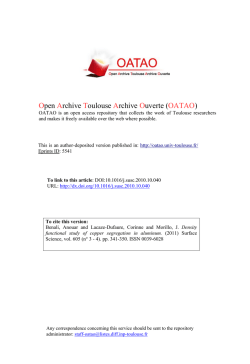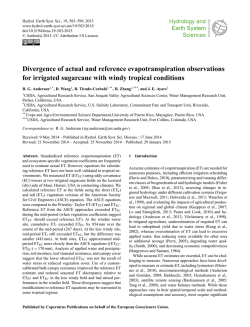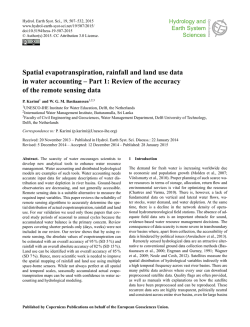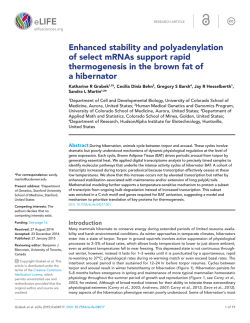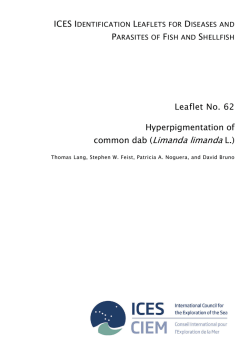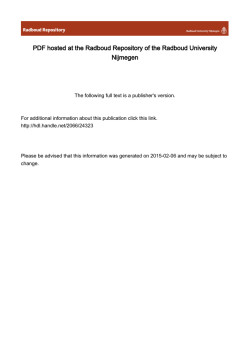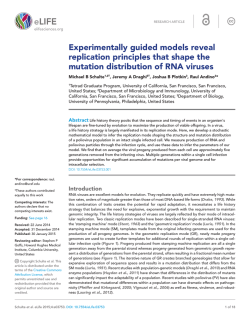
to the director I have read with great interest RAC Director's let- ter
LETTERS TO THE EDITOR Detection of Vulnerable Plaque: An Incomplete Puzzle To the Director I have read with great interest RAC Director’s letter about the importance of plaque composition beyond the degree of coronary obstruction, published in issue No 4, last August. (1) The identification of plaques with suspected high risk of thrombotic complications (vulnerable plaques) is an exciting topic that has had a significant role in the literature and in major international congresses over the past decade. This interest has been driven by the attractive possibility of early detection of angiographically non-significant vulnerable plaques, thus intensifying systemic therapies that have demonstrated plaque regression or stabilization of coronary atherosclerosis. Dr. Doval accurately describes the potential of different invasive and non-invasive methods, and refers to the doubts arising about the prognostic value of inducible ischemia as exclusive indicator for revascularization that have emerged from recent subanalyses of the COURAGE and STICH studies. I have been fortunate to have been part of a group that did intense research on the usefulness of several invasive diagnostic tools, reporting for the first time an in vivo surrogate marker of thin-cap fibroatheroma (TCFA) (2), and of multiple characteristics associated with vulnerable plaque, such as coronary remodeling, shear stress, and plaque rupture. (3, 4) However, doubts remain as to whether the invasive methods will solve the puzzle. (5) In general, invasive diagnostic tools have systematically failed to detect the characteristics that unequivocally identify subclinical lesions most likely to develop acute thrombotic occlusion. This is attributed to three basic facts that undermine the potential clinical impact of invasive vulnerable plaque detection: 1) plaque phenotypes suggestive of high-risk lesions are highly prevalent; 2) not many TCFA are ruptured, and a significant proportion of plaque ruptures do not trigger clinical events; 3) about 30-40% of acute thromboses have, as substrate, lesions that are not identified by any diagnostic method (plaque erosion). In this scenario, it is difficult to imagine that both invasive detection and local treatment are costeffective strategies. Similarly, non-invasive methods –while still in their early stages for this application– are emerging as a potential alternative, both due to their feasibility and because they target not only secondary but also primary prevention. Gastón A. Rodríguez Granillo MTSAC Diagnóstico Maipú, Buenos Aires ENERI - Clínica La Sagrada Familia, Buenos Aires National Scientific and Technical Research Council (Consejo Nacional de Investigaciones Científicas y Técnicas, CONICET) REFERENCES 1. Doval HC. Beyond the Coronary Lumen: Interaction between the Plaque and the Obstruction. Rev Argent Cardiol 2014;82:342-50. http://doi.org/wwr 2. Rodriguez-Granillo GA, Garcia-Garcia HM, Mc Fadden EP, Valgimigli M, Aoki J, de Feyter P, et al. In vivo intravascular ultrasound-derived thin-cap fibroatheroma detection using ultrasound radiofrequency data analysis. J Am Coll Cardiol 2005;46:2038-42. http://doi.org/d9kc55 3. Rodriguez-Granillo GA, Serruys PW, Garcia-Garcia HM, Aoki J, Valgimigli M, van Mieghem CA, et al. Coronary artery remodelling is related to plaque composition. Heart 2006;92:388-91. http://doi. org/bsq375 4. Rodriguez-Granillo GA, Garcia-Garcia HM, Valgimigli M, Vaina S, van Mieghem C, van Geuns RJ, et al. Global characterization of coronary plaque rupture phenotype using three-vessel intravascular ultrasound radiofrequency data analysis. Eur Heart J 2006;27:19217. http://doi.org/cpfqsk 5. Rodríguez-Granillo G. Detección invasiva de placa vulnerable: Dando vueltas en círculos. Rev Argent Cardioangiol 2012;3:96:101. REV ARGENT CARDIOL 2014;82:518 - http://dx.doi.org/10.7775/rac.v82. i6.5449 Prediction Models and the Growing Prevalence of Obesity To the Director Faithful to the uncertainty of quantum mechanics, Niels Bohr was ironic regarding prediction models: he said that prediction was very difficult, especially that concerning the future. However, the 2009 National Survey of Risk Factors (ENFR), directed by D. Ferrante, (1) confirmed the prediction of our model, previously published in this Journal. (2) For the age group simulated in our model (> 35 years), the 2009 ENFR showed an increase in the prevalence of obesity from 19.1% to 21.5% in 2005, (3) to 22.9% four years later. The latter prevalence was obtained from the 2009 ENFR original data, (1) weighting the proportion of population in each age group. (4) The 2005 probability density function chart developed in our simulation model showed an initial prevalence of about 20%. Although the original projection was performed at 20 years (up to 2025), the following chart shows an intermediate analysis for 2009. The probability density function shows that the prevalence of obesity for this age group would be 22% with a probability of 0.3, or between 21-23% with a joint probability > 0.7, which is consistent with the 2009 ENFR findings. It is expected that –in case no health intervention stops the increased number of obese people– our simulation will anticipate a continuous increase in the future. The preliminary results of the 2013 ENFR have been recently announced, (5) and the overall data for 519 LETTERS TO THE EDITOR more and more reasons to lead a sedentary lifestyle, and if no effective policies are available to prevent such increase, then it will be very easy to predict the future. 0.35 0.3 Likelihood 0.25 Raúl A. BorracciMTSAC, Alberto CardoneMTSAC and Érica Milin 0.2 0.15 e-mail: [email protected] 0.1 REFERENCES 0.05 0 18% 19% 20% 21% 22% 23% 24% Estimated prevalence of obesity for 2009 all age groups has reported that the proportion of obese people has increased again (2005: 14.6%, 2009: 18.0%, and 2013: 20.8%). The disaggregated data by age are still unavailable to be compared with those from our simulation; in any case, our projection for 2013 in subjects > 35 years shows a rate of 22-24%, with a likelihood of occurrence of 0.64. If we consider that previous national surveys have shown a sustained increase of obesity rates, if these rates are consistent with a global trend, if society has 1. Ferrante D, Linetzky B, Konfino J, King A, Virgolini M, Laspiur S. Encuesta Nacional de Factores de Riesgo 2009: evolución de la epidemia de enfermedades crónicas no transmisibles en Argentina. Estudio de corte transversal. Rev Argent Salud Pública 2011;2:34-41. 2. Cardone A, Borracci RA, Milin E. Long-term Estimation of the Prevalence of Obesity in Argentina. Rev Argent Cardiol 2010;78:23-9. 3. Ferrante D, Virgolini M. National Risk Factor Survey 2005: Main Results. Prevalence of Cardiovascular Risk Factors in Argentina. Rev Argent Cardiol 2007;75:20-9. 4. Censo Argentina 2010. Resultados definitivos. Disponible en: www.censo 2010.indec.gov.ar. 5. Tercera Encuesta Nacional de Factores de Riesgo para Enfermedades No Transmisibles. Presentación de los principales resultados (2013). Disponible en: http://www.msal.gov.ar/images/ stories/publicaciones/pdf/11.09.2014-tercer-encuentro-nacionalfactores-riesgo.pdf REV ARGENT CARDIOL 2014;82:518-519 - http://dx.doi.org/10.7775/rac.v82. i6.5450
© Copyright 2025
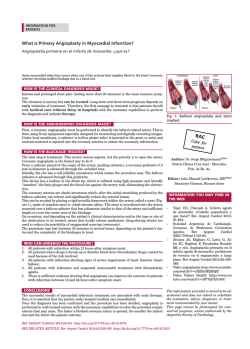
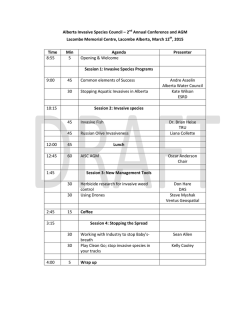
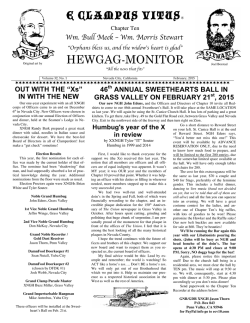
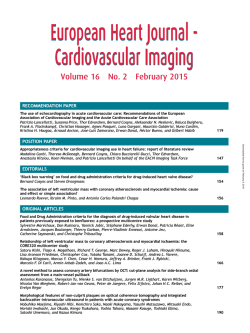

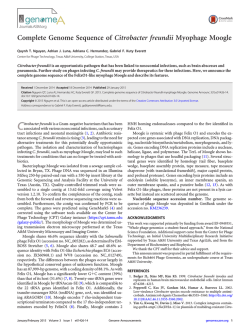

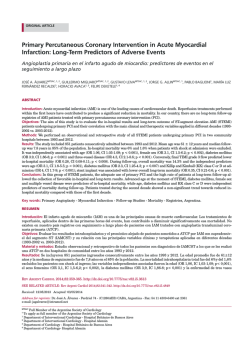
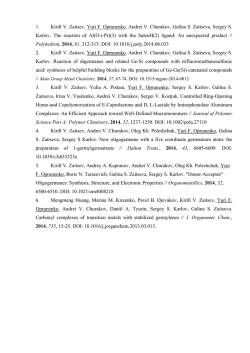
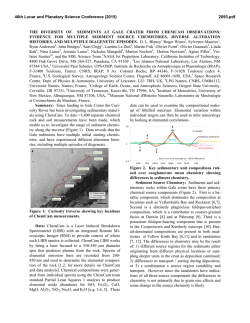
![Download [ PDF ] - journal of evolution of medical and dental sciences](http://s2.esdocs.com/store/data/000494682_1-a05d094f9efefa40e28645027f3e090c-250x500.png)
